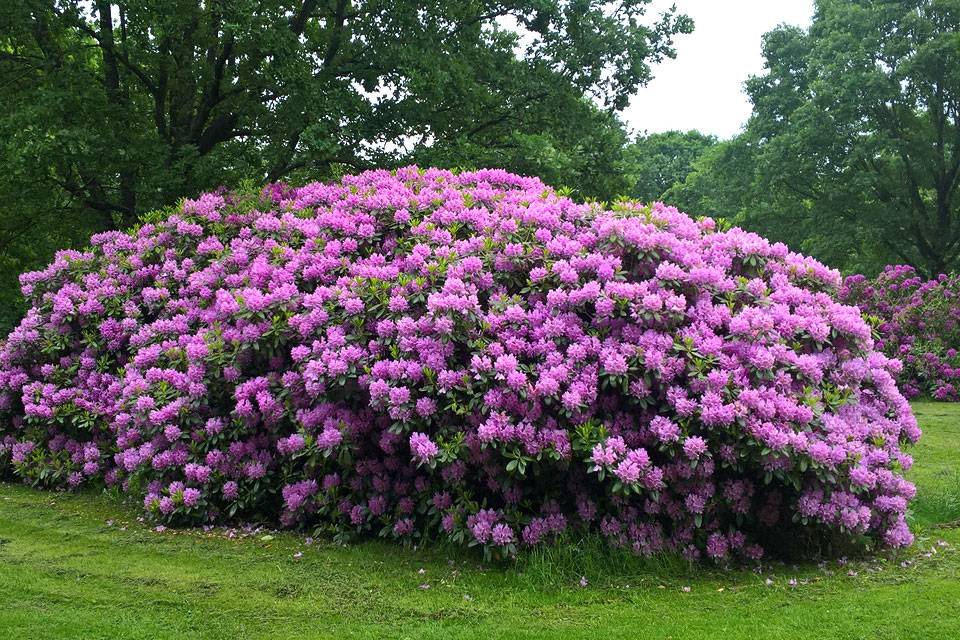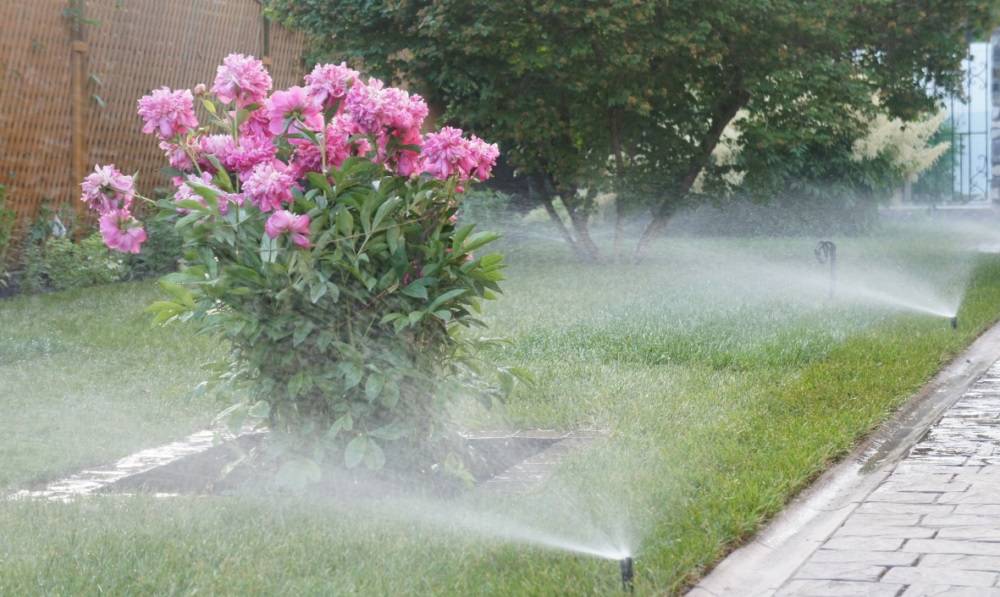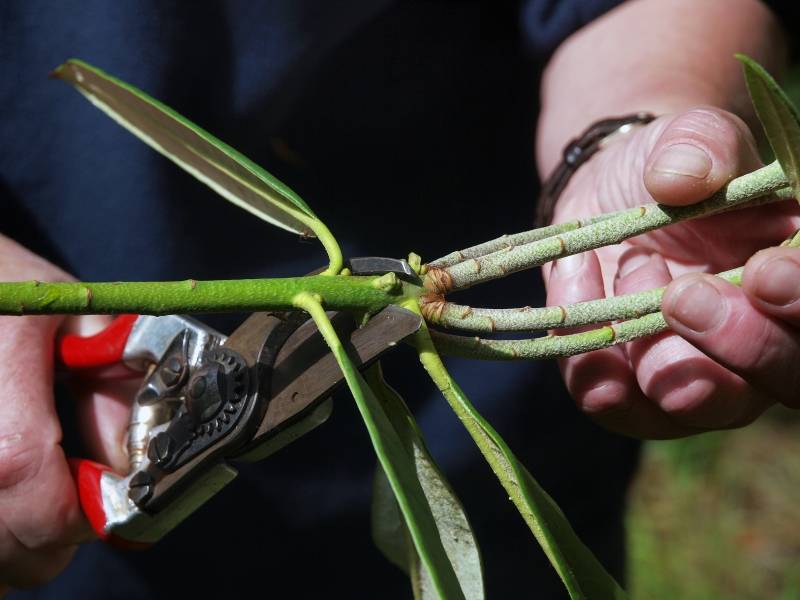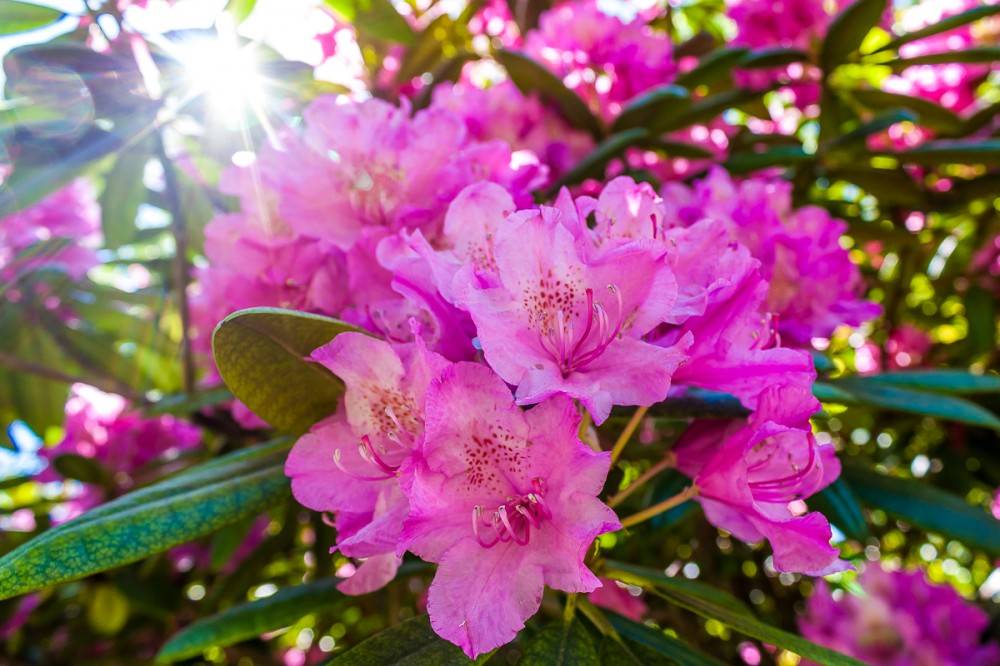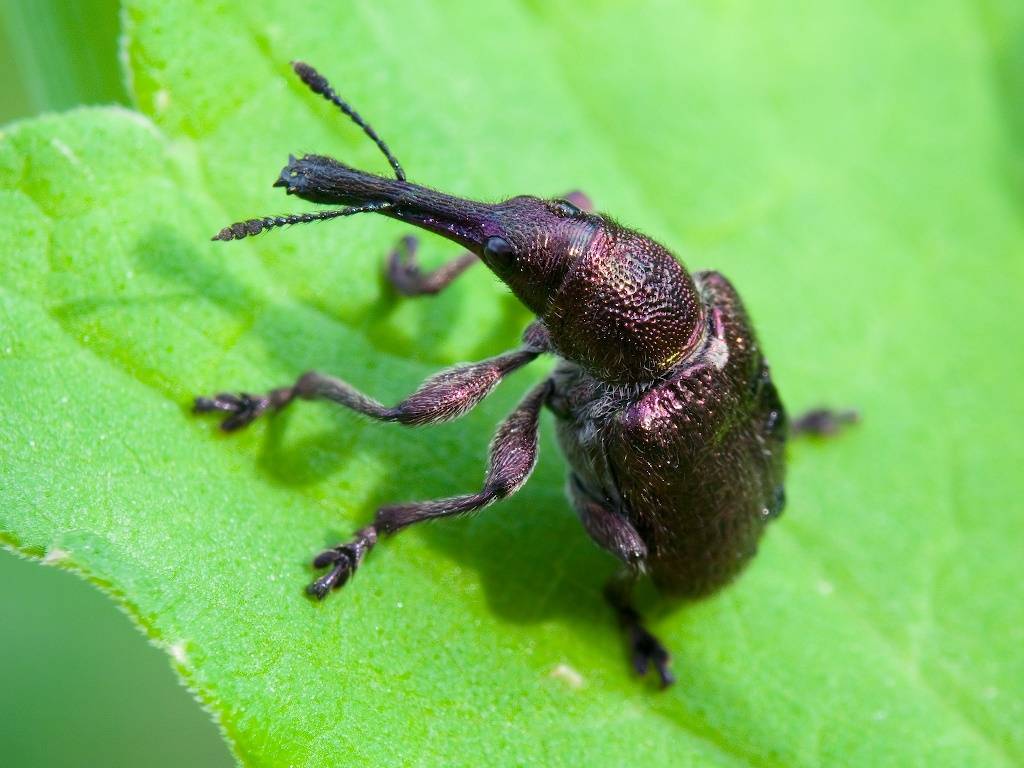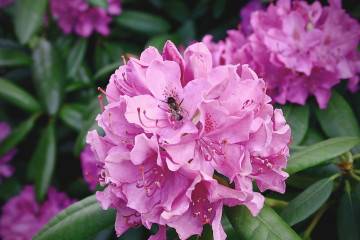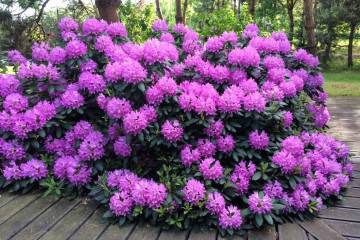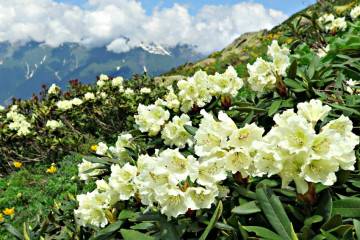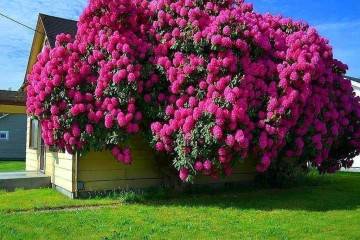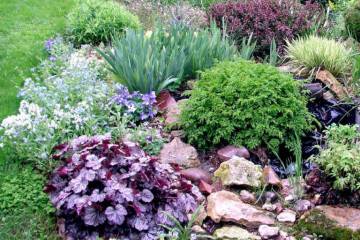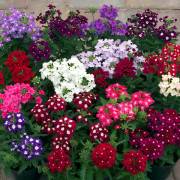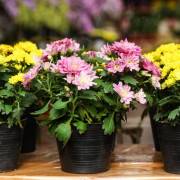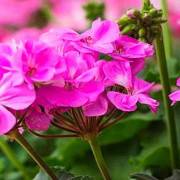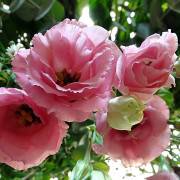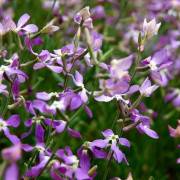Rhododendron Helicki: description
Content:
The Helliki rhododendron is the brightest and most lush of all types of Finnish selection. The bush does not take up much space and grows very slowly. Its flowers have a juicy purple-red hue. Thanks to the Smirnov rhododendron, from which it was bred by the Hellick hybrid route, it has an abundant and effective growth of buds and shoots. This variety is known for its high winter hardiness and abundant flowering. It can grow both as a single bush and in a group with other flowers.
History of creation
Hybrid rhododendron Hellikki was developed in Finland at the end of the 20th century. It is undoubtedly the most successful attempt of breeders, since, unlike other hybrids, it is not only frost-resistant, but also has a special brightness of its flowers.
A plant with these qualities was difficult to grow right away. Therefore, it is not surprising that the hybrid was the result of a very long program. It began in the 1930s. All this time, from many seedlings, only the strongest, hardy and frost-resistant were selected. As a result, by 1973, nine winter-hardy varieties were obtained, among them was the Hellikki rhododendron.
Detailed description
Rhododendron Helicki is a densely branched bush. Its leaves are smooth to the touch on top, and have small fluffy hairs below. The leaf is elongated and dark green in color.
The buds and stems also have a fluffy surface. The flowers of the plant are collected in inflorescences of no more than 12 pieces, have a funnel-shaped bright saturated color. Street rhododendron can reach 1 meter in height, and the bush can grow up to 1.2 meters in diameter.
Growing and caring for a plant
In order for the Helliki rhododendron to actively grow and develop, it needs to provide proper care and conditions necessary for flowering.
Many people think that this type of flowers is very moody and difficult to care for, so they rarely decide to grow it on the site. But it is worthwhile to understand in more detail the properties and nature of rhododendron in order to understand that it is not at all a matter of complexity, but of being unfamiliar with this garden culture. Just caring for a flower is different from caring for other plants, but it is definitely not difficult.
Choosing a place on the site
It is advisable to plant Hellika on the north-western side of the site - the bright sun can harm it. The best planting condition will be if the plant is planted in the shade of trees and protected from strong winds.
The soil
Evergreen rhododendron Hellikki loves sour, loose and moderately moist. Since it has a superficial root system, loosening the soil around the bush is not recommended. Therefore, the weeds will have to be removed manually.
Optimal soil composition:
- underlay of needles;
- leafy land;
- peat.
It is imperative to create a drainage layer and perform mulching.
Watering
Despite the fact that Helliki do not like high humidity, there is no need to wait for the soil to dry completely. In the summer, watering should be saturated. It is advisable to moisten with acidified water.To do this, it is insisted for a day on a small amount of Swang peat.
Top dressing and loosening
It is necessary to feed both seedlings and adult plants. Calcium, ammonium or potassium sulfate should be used as fertilizers. For young plants, the amount of feeding is taken less than for an adult bush. For all rhododendrons in the middle of summer, the amount of fertilizer is halved. For mature plants, compost or humus mixed with peat is used.
Pruning
In order to give the bush an even and beautiful shape, as well as to remove wilted shoots, the bush is pruned in early spring. When performing this procedure, the longest shoots are selected, from which the top is cut off.
Wintering
Since rhododendrons are frost-resistant varieties, there is no need to cover them for the winter. Before the onset of cold weather, it is enough to water the bush abundantly and cover with a layer of mulch.
Bloom
The flowering of this variety of rhododendrons is very bright and abundant. But in order for him to decorate the garden, you need to know several features of plant care, described above. The bright bells of the rhododendron bloom in the first week of June and bloom for only 3 weeks. A flower can take root in almost any area.
What to do if rhododendron does not bloom
Helliki is famous for its lush bloom. But what to do when the buds have not appeared and the flowers are missing? The main and most common reason is insufficient soil acidity. To avoid this problem, you need to add minerals to the soil and further increase its acidity.
Diseases and pests
Despite its resistance to weather conditions, this type of rhododendron is also susceptible to disease and pest infestation.
The main plant diseases are associated with high humidity and low acidity:
- septoria spotting;
- late blight rot;
- root rot;
- tracheomycosis;
- soaking.
All of these diseases are treated with fungicide treatments. For prevention, it is recommended to process the bush twice a year.
Also, the plant can be attacked by some pests:
- Spider mite. This insect is very difficult to spot. Its appearance can be determined by the formation on the back of the web sheet. Various fungicides are used to combat it.
- Snails and slugs. They are the most dangerous enemies of the rhododendron. They can completely destroy the plant in a short time. Against these molluscs, treating the bush with molluscicide or manually removing them from the branches will help.
- Weevil. An insect that eats any part of the plant. A diazonin solution will help to cope with it.
Prevention of various problems
In order to avoid various problems, for example, yellowing of the leaves, it is recommended to feed Helicki rhododendron with iron chelate. And this should be done regularly. The spread of rot on the leaves and stems of the plant is prevented by pruning the affected areas. Rust or chlorosis can appear with the wrong watering regime.
For the purpose of prevention, flower bushes are treated in early spring with a solution of Bordeaux liquid.
Rhododendron Helicki is actively used in horticulture. It is happily grown by many amateurs and professionals. The plant is especially valuable in the Urals and Siberia. Due to their frost resistance, varieties such as Helliki and Japanese are successfully grown in these areas, and thanks to their contrasting colors, they are perfectly combined with each other.

